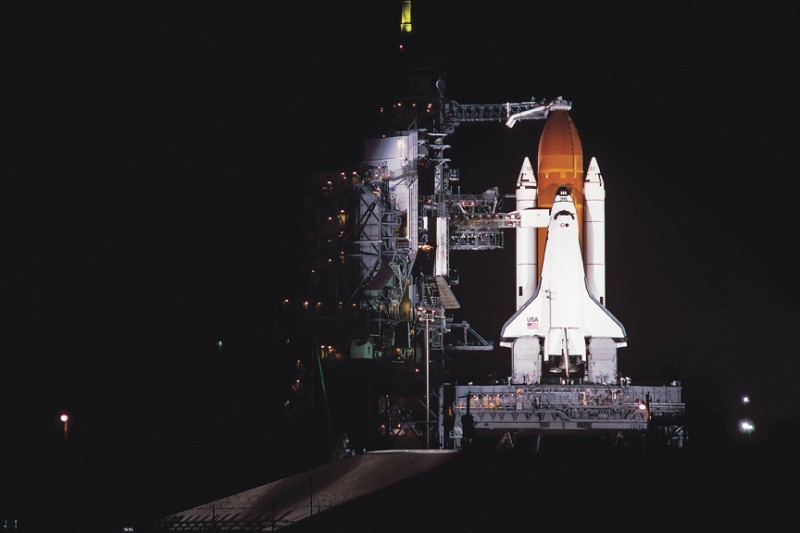Hanton: Watch the space shuttle launch
Opinion –
February 24, 2011
While some of my good friends chuckle about my overwhelming interest in spaceflight activities, I haven’t shared a huge amount of that passion with readers of the Iowa State Daily.
Well, I think now is the time to start.
For those of you not very attuned to human spaceflight news, you should be aware the venerable space shuttles the United States has been flying for 30 years will likely finish their final flights this year; the first of which is Thursday.
While I will leave more details about the benefits of the shuttle to a future column, the space shuttle orbiter is an amazing engineering marvel, and I encourage you to take a little time to watch the STS-133 mission launch to the International Space Station at 3:50 p.m. (CST) on Thursday, Feb. 24. If you get the chance, I’d also encourage you to trek to Florida to see one of the last launches — STS-134 or STS-135 if it is funded — later in the year, as they are even more magnificent in person.
If you want to watch the upcoming shuttle launch, you can check out NASA TV online at nasa.gov/ntv or you can watch the NASA TV feed with other hosts providing coverage at Spaceflight Now or Spacevidcast; which offers HD and non-HD Ustream feeds based on your bandwidth, unlike NASA TV.
I’d suggest tuning in around 3:30 or 3:45 p.m. so you don’t miss the final countdown. Also, don’t be surprised if they decide to push the launch back again — after delaying the launch 5 times in November — as launching people into space is a tricky business.
So why are we flying the shuttle to space at the mere cost of billions of dollars today?
Well, we are delivering a truckload of supplies to the International Space Station as well as their first robotic astronaut companion, Robonaut 2 or R2 for short. To bring this back home to us in Ames, I should mention that a friend of mine — who is a student at Iowa State — helped to develop R2 and his predecessors at NASA during the last few years while in internships with NASA.
That’s right, the first humanoid robot in space has links right back to Iowa State.
So take 15 minutes from your day to watch one of the most advanced vehicles ever created launch 32 tons of supplies to orbit on a giant rocket that burns more than 1,000 gallons of fuel per second. It should be spectacular.

















